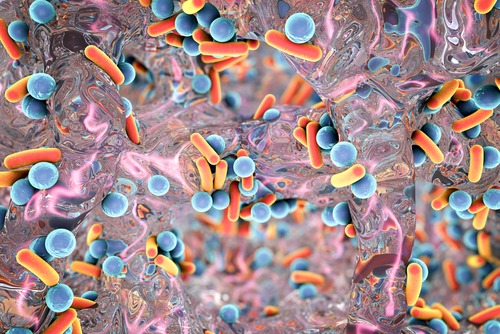
Chalmers University of Technology researchers have determined that significant genetic transfer between bacteria in our ecosystems and humans may be linked to pathogenic bacteria in humans developing resistance to antibiotics.
“In recent years, we’ve seen that resistance genes spread to human pathogens to a much greater degree than anyone expected,” said Jan Zrimec, a researcher in systems and synthetic biology at Chalmers University of Technology. “Many of the genes appear to have originated in a wide array of bacterial species and environments, such as soil, water, and plant bacteria. This has been difficult to explain because although conjugation is very common, we’ve thought that there was a distinct limitation for which bacterial species can transfer plasmids to each other.”
Zrimec noted plasmids belong to different mobility groups, or MOB groups to not transfer between just any bacterial species. To that end, Zrimec developed new methods of data analysis showing genetic transfer may be much more boundless and widespread than previously expected.
Researchers crafted an algorithm identifying specific DNA regions necessary for conjugation – called oriT regions – in large amounts of data consisting of genetic sequences from the DNA of thousands of plasmids.
The work revealed the number of oriT regions might be almost eight times higher than those found with the standard method used today; the number of mobile plasmids may be twice as high as previously known; and the number of bacterial species possessing mobile plasmids may be almost twice as high as previously known.
“These results could imply that there is a robust network for transferring plasmids between bacteria in humans, animals, plants, soil, aquatic environments, and industries, to name a few,” Zrimec said. “This may be a possible reason for the rapid development of resistance in human pathogens that we have observed in recent years.”




